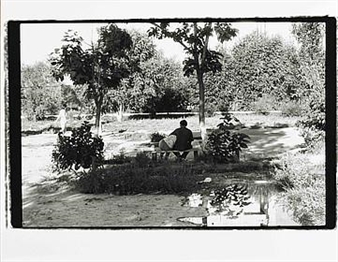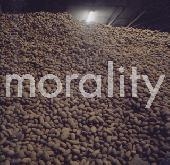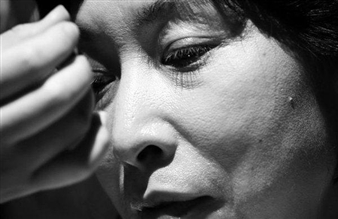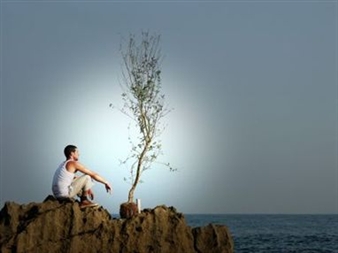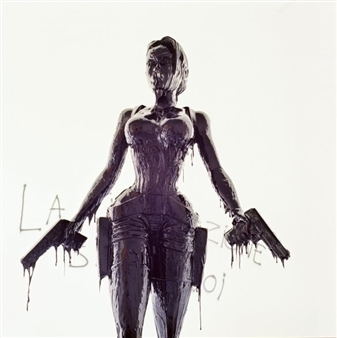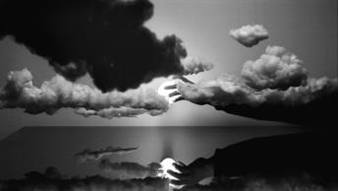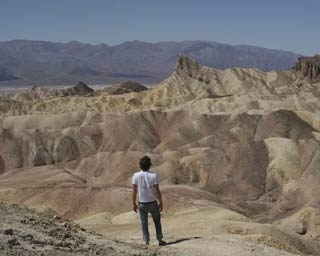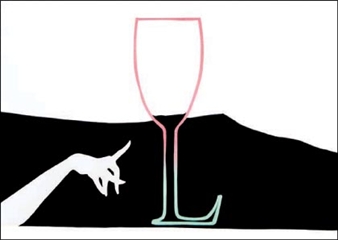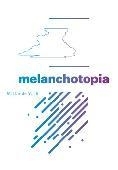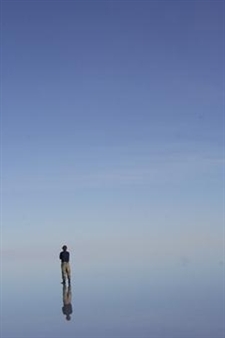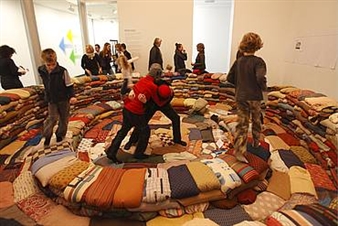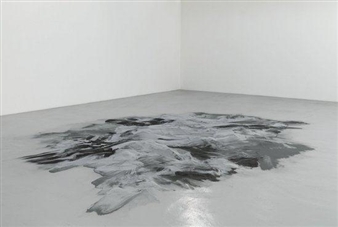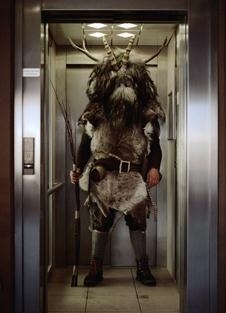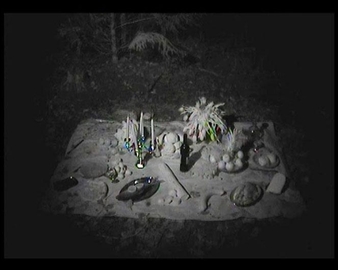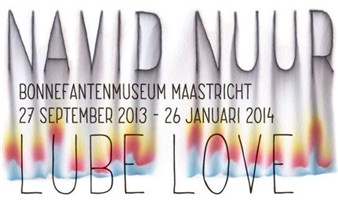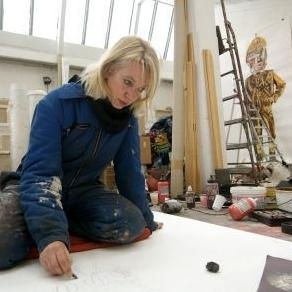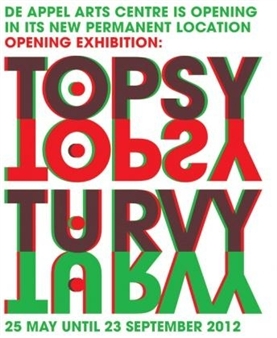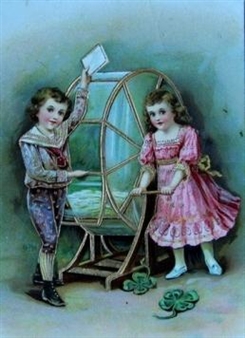Making is Thinking
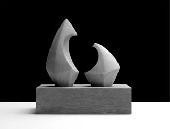
Witte de With Centrum voor Hedendaagse Kunst (Center for Contemporary Art), Zuid-Holland, Rotterdam, 01/23/2011 - 05/01/2011
Witte de Withstrasse 50
Making is Thinking explores distinct artistic practices engaged with notions of conceptual craft and intuitive industry. It seeks to collapse the persistent dichotomy between the practical and the intellectual, and presents a range of works that refuse the binary of concept and form.
Among the artworks included in Making is Thinking, several recurring or overlapping areas of interest are discernible: There is a fascination with the role of the amateur, occupied with absurdly time-consuming activities that verge on meditation (Wilfrid Almendra, Dewar & Gicquel, Teppei Kaneuji, Hans Schabus). There is an analysis of the process of creation, and a transformation of this analysis into a new moment of creation (Hedwig Houben, Ane Hjort Guttu, Edgar Leciejewski). There is an exploration of sculpture and the applied arts, a struggle between functionalism and formalism that avoids any hint of nostalgia (Julia Dault, Rita McBride, Eva Rothschild). There is a flourishing of decoration and beauty in the reassessment of certain Modernist tropes (Eva Berendes, Alexandre da Cunha). There is the avoidance of conscious thinking and the emphasis on intuitive knowledge (William J. O’Brien, Koki Tanaka). And in many of the works, there is a knowing humor or irony that deflates the pious earnestness that can accompany discussions of craft.
Artists: Wilfrid Almendra, Eva Berendes, Alexandre da Cunha, Julia Dault, Dewar & Gicquel, Ane Hjort Guttu, Hedwig Houben, Teppei Kaneuji, Edgar Leciejewski, Rita McBride, William J. O'Brien, Eva Rothschild, Hans Schabus, Koki Tanaka.
Curated by Zoë Gray, assisted by Amira Gad.
Context:
European society has been marked by an increasing division between making and thinking that dates back to the industrial revolution. With the decline of urban guilds and rural cottage industries in the nineteenth century, and the subsequent mechanization of labor, workers were separated into blue- and white-collar jobs. Today, our education system privileges the creation of flexible “knowledge workers” over those with practical skills or manual know-how.
It is possible to trace a similar division in art since the beginning of the twentieth century. With Duchamp’s introduction of the readymade in 1913, the focus of avant-garde artistic practice shifted away from technique and the process of making to the transformative power of the artist’s vision. This saw the flourishing of conceptual art and the movement that Lucy Lippard famously labeled the dematerialization of the art object, culminating in Lawrence Weiner's 1968 Declaration of Intent in which he announced that an artwork “need not be built.” For Weiner, thinking is making. Nevertheless, today artists are still making physical artworks and engaging with tangible materials. In our increasingly dematerialized world, how are we to engage with materiality? How might thoughtful forms of this insistence on making relate to our supposedly post-industrial society?
In recent years, craft has been held up to epitomize an alternative set of social values in the face of industrial production, global capitalism and mass consumerism. Yet this idea of craft is broader than that defended by John Ruskin or William Morris at the start of the previous century.
Incorporating many elements of Modernism and informed by postmodernism, it offers a radical way for rethinking questions of work, both within and beyond the artistic field. Many artists are turning to this expanded notion of craft as a paradigm for making that seems to fuse previously oppositional positions – such as the trace of the artist’s hand and conceptual reflection – and are exploring its potential for reconsidering broader questions of production.
